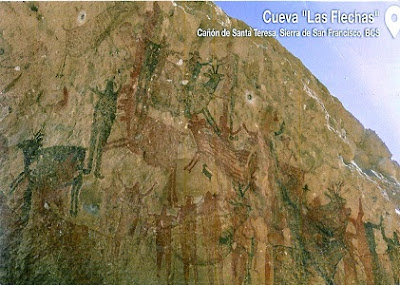I never join this RR in December but in January I'm ready to send favorites cards again.
January was a good month. Veerle, Daniela, Nadine and Twinkle sent nice cards for my collections.
© concept by Postcardsmarket.com
Belgium has an area of 30.528 km², a population of 11.250.585 and its capital is Brussels.
Unique:
* Europe's Oldest Free City - In 1066, Huy, became the first European city to receive a charter of rights;
* Visible from the Moon - Belgium higway system is the only man-made structure visible at night;
Famous:
* The Flower Carpet - Grand Place, Brussels (UNESCO World Heritage Site). Layed out every 2 years;
* The World's Best Beer - Belgium produces over 1100 varieties of beer;
History:
* The Name Belgium - Is derived from Gallia Belgica, a Roman province in the northernmost part of of Gaul;
* The Battle of Waterloo - fought on sunday, 18 June 1815.
© concept by Postcardsmarket.com
Italy has an area of 301.338 km², a population of 60.674.003 and its capital is Rome.
Unique:
* Sceneries - A place where the sea, land and sky come together as in no other place on earth;
* UNESCO - Italy has more World Heritage Sites (51) than any other country in the world;
Famous:
* Europe's Largest Volcano - Mt. Etna in Sicily, the world's second most active volcano;
* Culture - Over 1000.000 monuments of any sort (museums, palaces, art galleries, etc;
History:
* Formation - 17 March 1861, Unification. 2 June 1946, Republic;
* Prehistory - Neanderthal presence dating back to the Paleolithic period, some 200.000 years ago.
www.papersisters.de
This is my 1st Happy Postcrossing from... the German states.
North Rhine-Westphalia,, commonly shortened to NRW, is located in Western Germany. With more than 17.9 million inhabitants, it is the most populous state of Germany. Apart from the city-states, it is also the most densely populated state in Germany. Covering an area of 34,084 km², it is the fourth-largest German state by size. Düsseldorf is the state capital.
The Hall of Prayer for Good Harvests, part the Temple of Heaven complex, in Beijing, is a magnificent triple-gabled circular building, 36 m (118 ft) in diameter and 38 m (125 ft) tall, built on three levels of marble stone base, where the Emperos of the Ming and Qing dynasties prayed for good harvests. The building is completely wooden, with no nails. The original building was burned down by a fire caused by lightning in 1889. The current building was re-built several years after the incident.
.jpg)
%20-%20C%C3%B3pia.jpg)
%20-%20C%C3%B3pia.jpg)
%20-%20C%C3%B3pia.jpg)

 DE-825408, sent by Bärbel.
DE-825408, sent by Bärbel.%20-%20C%C3%B3pia.jpg)
.jpg)


%20-%20C%C3%B3pia.jpg)
%20-%20C%C3%B3pia.jpg)




.jpg)
.jpg)


































